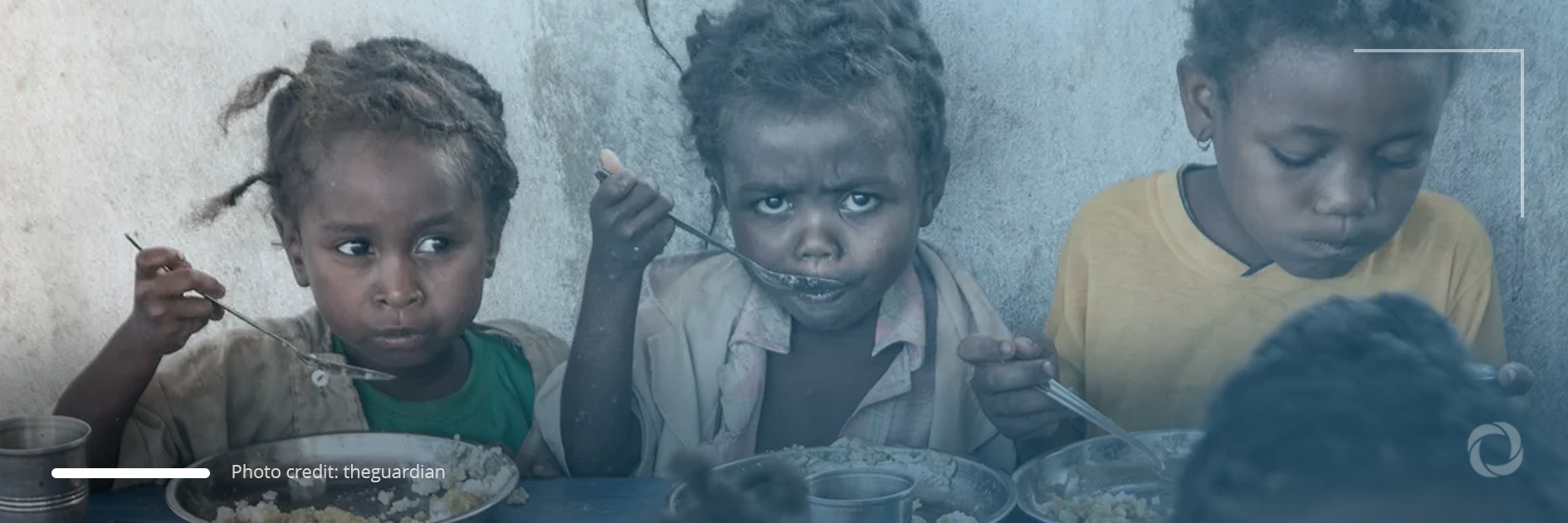Over 40% of South Africa’s population lacked money to buy food between May 2020 and March 2021 and about 20% experienced hunger over the May and June period in 2020. The data unveiled by Wave 4 of the National Income Dynamics Study – Coronavirus Rapid Mobile Survey (Nids-Cram), points out the socioeconomic impacts of the national lockdown declared in South Africa in March 2020 and the social and economic consequences of the global coronavirus pandemic.
Nids-Cram, which looked at food insecurity and health outcomes during the coronavirus pandemic in South Africa, noted that food insecurity has remained stubbornly high even in the face of a greater re-opening of the economy.
Access to food enshrined in law
Access to nutritious, affordable food is a fundamental human right. The South African Constitution Section 27(1) (b) guarantees that everyone “has the right to access sufficient food and water” while Section 28 (1) (c) states that every child “has the right to basic nutrition, shelter, basic health care services, and social services.”
Despite these constitutional provisions, statistics reveal a worsening state of affairs.
Deteriorating statistics
Nids-Cram, which collected data from a nationally-representative panel survey of 7,000 South African individuals, noted particularly that in the period May/June 2020 to February/March 2021:
In comparison, the StatsSA 2019 report, towards measuring the extent of food security in South Africa: An examination of hunger and food adequacy, noted that about 16% of households reported inadequate food access in 2017 with 5.5% of the population describing their access to food as severely inadequate and about 11% of households reporting the vulnerability to hunger.
Moreover, according to the Demographic and Health Survey by Statistics South Africa (StatsSA), the national statistical service within the country, an estimated 68% of women aged 15 and older were overweight or obese compared to 31% of men.
Commenting on this state of affairs, Nzama Mbalati, Programme Manager of the Healthy Living Alliance (Heala), noted that:
Heala is a coalition of civil society organisations that advocates for equitable access to affordable and nutritious food in sub-Saharan Africa by building a more just food system.
Mbalati notes that noncommunicable diseases such as cardiovascular disease and type 2 diabetes account for almost half (48%) of all adult deaths with type 2 diabetes being the second leading cause of death after tuberculosis.
“The COVID pandemic illustrated the vulnerability of our food system to economic shocks, hunger, and food insecurity. The food industry is anti-poor,” he says.
What of the solutions?
The coexistence of undernutrition along with overweight and obesity, or diet-related noncommunicable diseases, characterises what the World Health Organization terms the double burden of malnutrition.
Jeanne-Marie Tucker, Senior Technical Advisor of Health Financing at the Clinton Health Access Initiative, explains how the UN framework for addressing the double burden of malnutrition is being actioned in South Africa today.
“The focus on the policy development process includes a national healthcare benefits package as well as a focus on nutrition, obesity and non-communicable diseases,” she says.
These components highlight the importance of integrating nutrition actions across all programs, stakeholder engagement and information systems to support engagement and governance, environmental determinants relating to school, neo-nates and the workplace as well as nutrition education that is grounded in evidence-based national guidelines.
Tucker notes that South Africa is already setting the context for the framework via the national development plan with a five-year medium-term framework that has specific reference to diabetes, cancer, and hypertension although there is no explicit linkage to a funding envelope.
“There is also overarching health insurance reform that looks towards universal healthcare, with a bill in Parliament which will require a concomitant reform in service delivery.” Thirdly, it includes the development of a national healthcare benefits package, she added.

